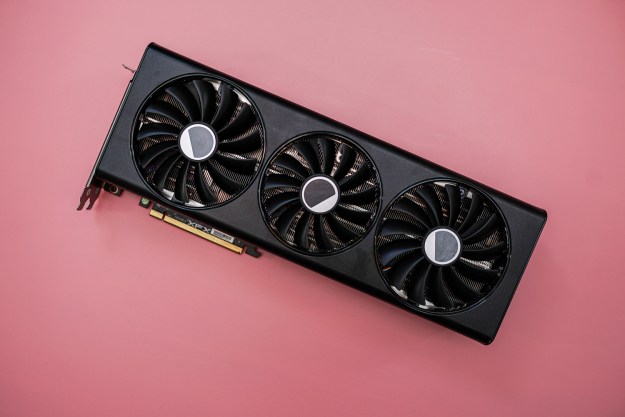The next James Bond movie may not be out until later this year, but thanks to researchers from Ben Gurion University and the Weizmann Institute of Science in Israel you can get your high-tech spy fix today — by checking out their new proof-of-concept eavesdropping demonstration. In a project called Lamphone, they have shown how it’s possible to listen to what is being said in a room even without physically accessing the space or using any traditional recording implements. How? By checking out the minute vibrations in a light bulb resulting from speech in the immediate vicinity.
“We [demonstrated] that speech can be recovered from a hanging bulb in real-time by passively analyzing its vibrations via electro-optical sensor,” Ben Nassi, one of the researchers on the Lamphone project, told Digital Trends.
In their demonstration, the researchers set out to record the audio in a third-floor office, using a single 12-watt LED bulb hanging from the ceiling. The eavesdropper was positioned on a pedestrian bridge, 25 meters (82 feet) from the target. The system requires an electro-optical sensor, telescope, and computer with audio processing software. The researchers developed a special algorithm that is able to reverse-engineer audio from monitoring the way a hanging lightbulb (currently the lightbulb must be hanging for it to work) moves as sound waves from speech bounce around a room.
While the audio fidelity of the re-created sound isn’t perfect, it’s certainly good enough that it could clue an eavesdropper in on what is happening. “We were able to recover speech that was accurately transcribed by Google’s Speech to Text API,” the researchers write on an accompanying project webpage. “We were also able to recover singing that was recognized by Shazam.”
The researchers claim that the range that sound could be recovered from may be extended with the right equipment, such as a larger telescope. In the future, the researchers plan to look at whether it is possible to analyze sound from additional light sources, such as decorative LED flowers.
A paper describing the work, titled “Lamphone: Real-Time Passive Sound Recovery from Light Bulb Vibrations,” is available to read online.


